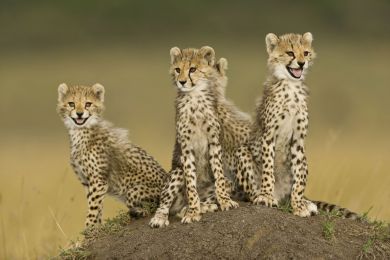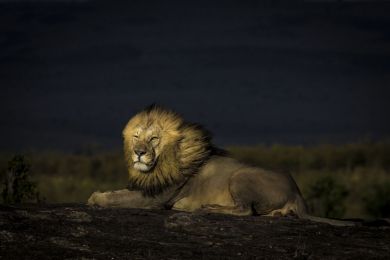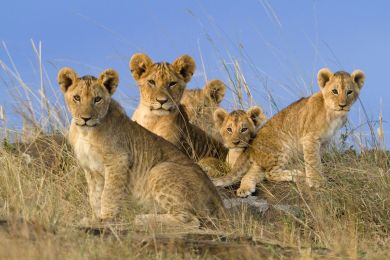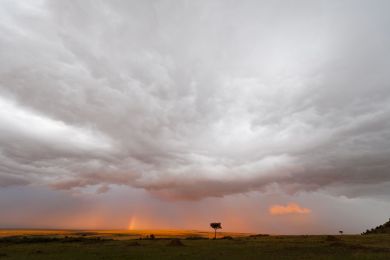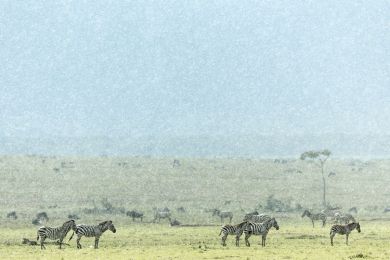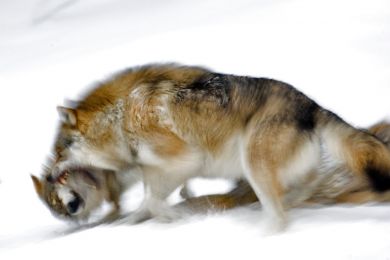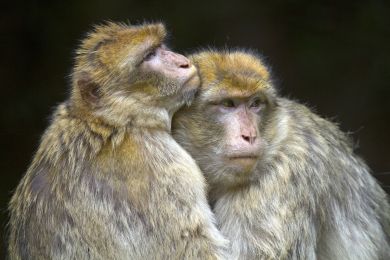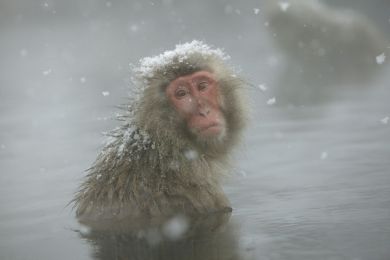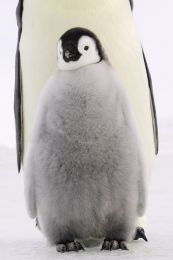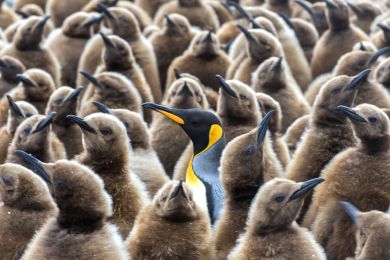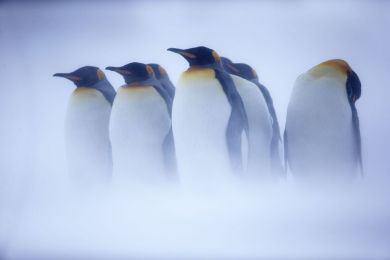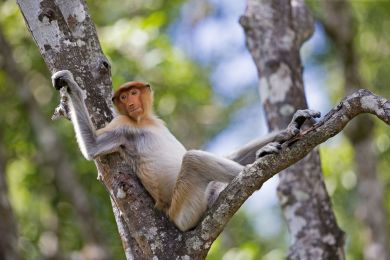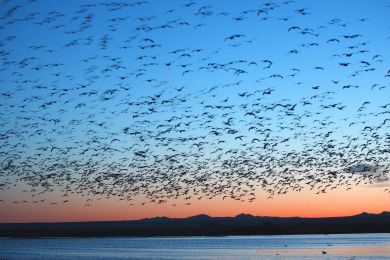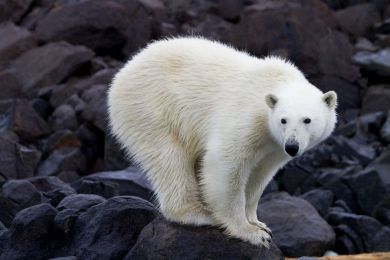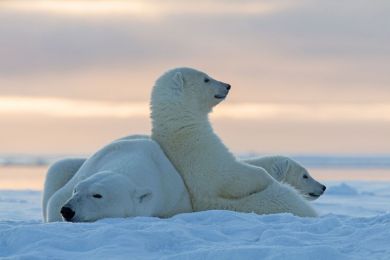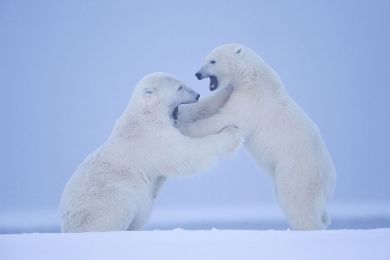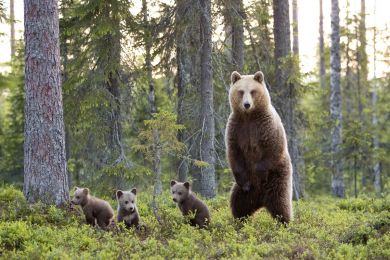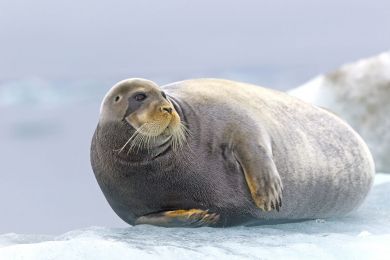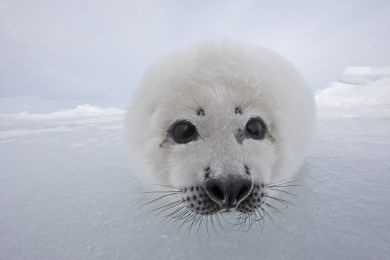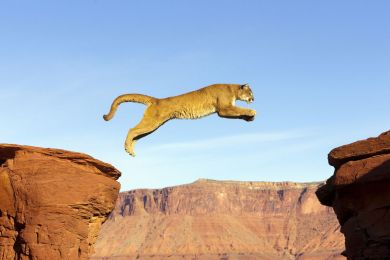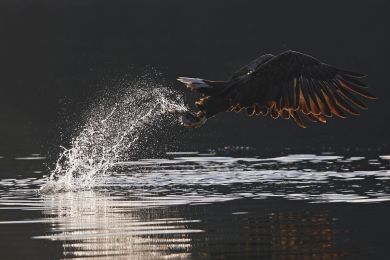By buying this product you can collect up to 178 loyalty points. Your cart will total 178 points that can be converted into a voucher of 35,60 €.
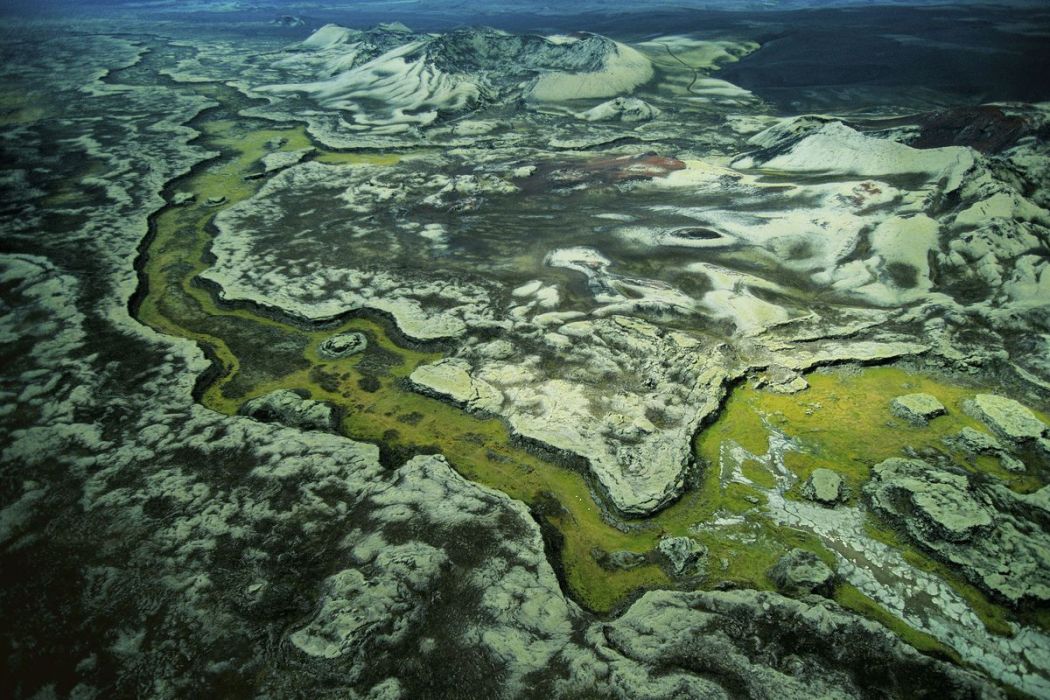 View larger
View larger
Picture information
Volcanos of Lakagigar, Iceland
Yann ARTHUS-BERTRAND
Art Photography by Yann ARTHUS-BERTRAND, Lakagigar Volcano Chain, Iceland. The Laki's (also called Lakagigar, a volcano that is part of the Myrdalsjökull volcanic system) eruption was certainly the biggest.
Data sheet
| Orientation | Landscape |
| Color | Green |
Volcanos of Lakagigar, Iceland
Yann ARTHUS-BERTRAND
Art Photography by Yann ARTHUS-BERTRAND, Lakagigar Volcano Chain, Iceland. The Laki's (also called Lakagigar, a volcano that is part of the Myrdalsjökull volcanic system) eruption was certainly the biggest.
Fine Art Photography
Print by Experts
100 % Made In France
A recognized expertise, a search of permanent quality.
Printed by a professional photographic laboratory.
All prints are made to order, controlled by the Technical Director.
A certificate of authenticity is provided with each photograph.
Framework made by selected materials to give you the best results. every step of the processing is monitoring by experts.
Loyalty points
Gift Card
Don't miss the opportunity to do the best present...
The whole Yann Arthus-Bertrand photos available with Hemisgalerie gift card.
Lets your guest choose the best image.
Amount from 50 €, create and download directly on our website, valid for one year including promotions.
The original gift for all events
More info
Iceland is mostly volcanic. It was the site of some of history's biggest eruptions. But the Laki's (also called Lakagigar, a volcano that is part of the Myrdalsjökull volcanic system) eruption was certainly the biggest. An eruption started on June 8 1783 and lasted until February 7 1784. Meanwhile, along a 25 km long crack, about 15 km3 of lava flowed and covered a 565 km2 surface. There was no powerful explosion but there were very large amounts of sulphur in the magmatic gases (122 million tons of sulphur released mainly as sulphur dioxide) which caused the death of cattle through poisoning and produced acid rain that destroyed crops. For three years after the eruption, a quarter of Iceland's population died of famine. During summer 1783, in England and in France, many observers noticed that the sun was covered by a bluish mist. A particularly cold winter followed in Europe. It is today estimated that the aerosol cloud released in the upper atmosphere caused a 1 °C temperature decrease in the average Northern hemisphere temperature.
















































